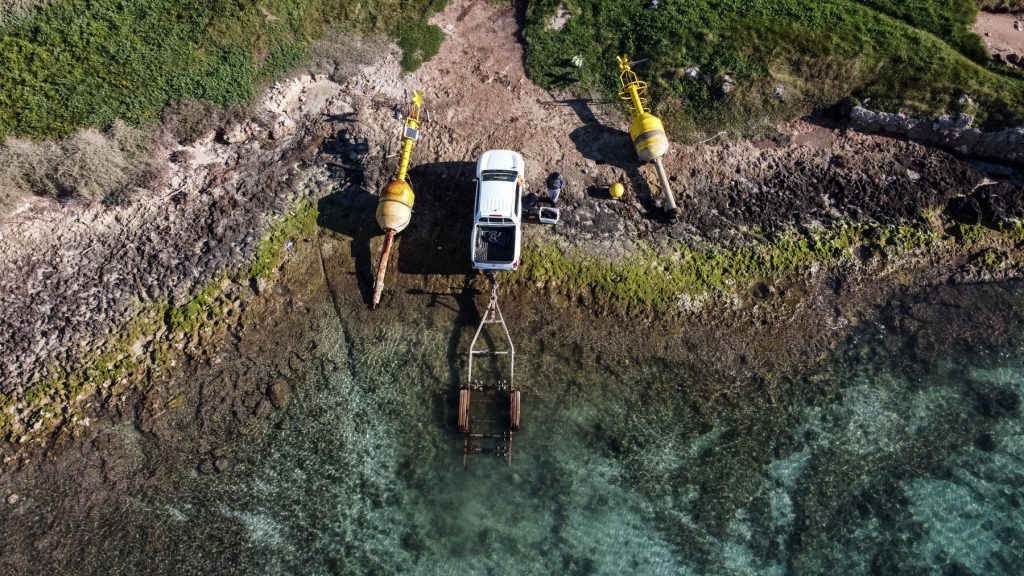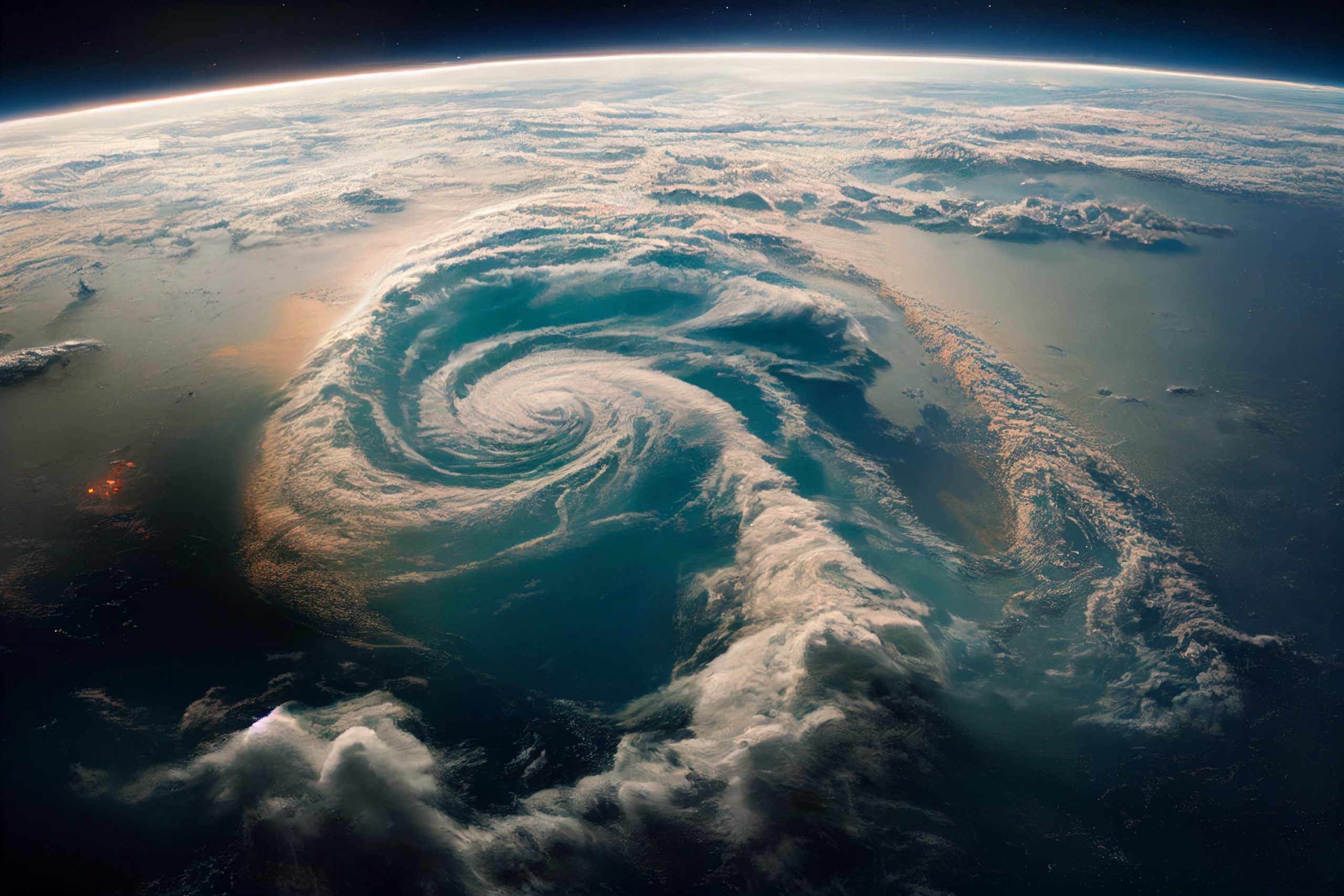It could be defined as a border that, literally, “separates a land surface from an ocean“. Yet this doesn’t quite convey the full complexity that the word coastline hides. Within the thin geographical space defined by this line, a large part of the blue economy takes place, a considerable portion of the set of human activities aiming at the sustainable development of the sea. This thin space, therefore, is the stage for interactions between physical, economic, environmental and social processes that affect a very significant part of global economies and human activities that are strictly interlinked with the relationship of coasts with climate change, the exposure and vulnerability of socioeconomic systems and the coastal environment to present and expected impacts based on climate and oceanographic scenarios made available by the scientific community.

It is one of those areas where it is most evident how climate research meets direct applications for the benefit of human societies and sustainable development. For example, let’s try to give these statements the image of a coastal city whose economy is strongly characterized by tourism and bathing attractiveness. Studies and observational data portray a city vulnerable to various climate change impacts. The most relevant of these are coastal erosion and coastal flooding, which, in the past, have caused floods that damage buildings, commercial activities, and city spaces. According to the knowledge emerging from scenarios produced by high-resolution climate and oceanographic models, in the future, we expect conditions that can increase coastal erosion and extreme events that, as things stand, can increase the frequency and intensity of flooding episodes.
To address the negative impacts of climate change, local communities need to identify and implement ad hoc solutions that require a systemic approach and consider the different aspects involved in such a situation. For example, barriers can be designed and built to protect against the danger of floods, but at the same time, these could have negative repercussions on coastal erosion and impact tourism. The waterfront could then be renewed and raised to create a more effective barrier against storm surges. It should be designed with draining materials that hinder the accumulation of excess water and facilitate its outflow for possible reuse.
This is just a small and generic example. Still, it gives an idea of how the analysis of problems and the search for solutions calls for a very high level of collaboration that involves scientists, public and private decision-makers, the local community, civil society, the ability to handle high-resolution data produced with advanced science, to resort to the latest generation of technological innovation, to know how to look systemically at the consequences of each choice in the different socioeconomic sectors involved.
The interface between science and society
For this reason, the coastal environment can be defined as the interface between science, innovation and politics, and therefore, society, as explained by Giovanni Coppini, who directs research on the Global Coastal Ocean at the CMCC Institute for Earth System Predictions: “It is an area of study that brings together the challenges that concern scientific knowledge for forecasting and creating scenarios, analyzing and predicting impacts and involving many socioeconomic aspects”.
Tourism, offshore activities, energy production, mobility, fishing and aquaculture: “The sustainable development of the blue economy is very complex,” says Coppini. “We need advanced science to produce tailor-made solutions for the different problems that insist on specific geographical areas, which will thus allow us to face the environmental and socio-economic challenges that interact on the coastline. This scientific research needs to bring together different aspects such as technological innovation, large computing capacity, the possibility of creating and using Ocean Digital Twin and of interacting concretely and operationally with many different stakeholders”.
Therefore, the coastline is a geographical space where the most advanced science writes stories about people, communities, and cities and how they are together facing the search for solutions to complex problems that touch on multiple aspects of the interaction between social, economic, and environmental systems.
Let’s look, for example, at the coasts of the Adriatic Sea. The Italian and Croatian shores draw a small portion of the Mediterranean coastline. Here are the stories that tell the interface between science and society with images and words and how scientific knowledge is transformed into services for adaptation to climate change. There are stories of technologies that use artificial intelligence applied to the search for coastal adaptation solutions between the sea and the Venetian lagoon; the architecture of the nets used to capture water from the air, use it in agriculture and combat drought in Croatia; there is archaeology in search of resilience in the face of the sea; further south, there are scientists who are building a network of data that talk to each other through the Internet of Things to serve as “sentinels of change” and monitor the health of the sea.
These and others are the stories collected by the Adriaclim project, which aims to develop scientific research to improve climate resilience by using and producing high-resolution data. The project focuses on coastal and marine areas and the related economic sectors and ecosystem services threatened by risks such as sea level rise, sea temperature and salinity anomalies, coastal erosion, and freshwater salinization.
Local Global: A laboratory beyond coastal resilience boundaries
One aspect that makes the coastal environment one of the most critical challenges for the near future is that it goes beyond its local dimension. Indeed, solutions to individual problems need to pay close attention to the characteristics of a specific location. However, local experiences can have great value elsewhere, on a global scale. This is mainly the focus of CoastPredict, a program supported by the UN Decade of Ocean Science, which the CMCC contributes to coordinating and developing.
CoastPredict brings together a series of advanced research projects with the aim of redefining the science of observing and predicting the Global Coastal Ocean to provide a co-designed transformative response to science and societal needs. Led by Nadia Pinardi (University of Bologna and member of the CMCC Strategic Board), CoastPredict, through its projects and initiatives, brings together the many different coastal areas at the global level to support the resilience of coastal communities. But that’s not enough. It is not enough to create a framework for implementing solutions. It is not enough to put together a global network of 225 institutions from 64 countries for 124 pilot sites distributed along the coasts of the Global Ocean. There is a very important boundary that is crossed in doing all this. It is the boundary that keeps skills, disciplines, and expertise separate. CoastPredict brings science and society to dialogue in the search for solutions.
“We are witnessing a profound change in the field of science,” explains Nadia Pinardi during the event Coastal Futures event: Charting Priorities for Resilience at the Ocean Decade Conference 2024 in Barcelona.
“We work in the scientific field. We work to bring science to the most advanced levels possible. But we want to do it to find answers to relevant problems. We do not work as a scientific community that closes itself in a room, it is of fundamental importance to meet the stakeholders, to interact with them, question ourselves together about what the problems are and co-design the process that leads to solutions,” explains Pinardi before concluding: “It is a great change that requires a bit of courage for those of my generation, but we see many young people who realize that they want to face real, concrete problems. Their approach is a great source of inspiration for us to accept the challenge: new problems, new methods, everything new.”
Cover picture: The Neretva River Delta, Croatia – www.climateliteracy.eu






